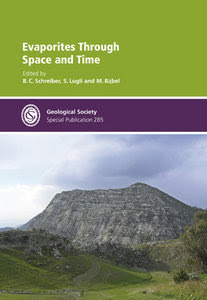
The Gregory Rift Valley and Neogene-Recent Volcanoes of Northern Tanzania - Memoir no 33
Publisher: Geological Society of London | ISBN: 1862392676 | edition 2009 | PDF | 112 pages | 3,8 mb
Publisher: Geological Society of London | ISBN: 1862392676 | edition 2009 | PDF | 112 pages | 3,8 mb
The structure and volcanic activity of the northern Tanzania sector of the Gregory Rift Valley have hitherto been less well described than those in Ethiopia and Kenya. This book focuses on northern Tanzania where, although the volcanic area is smaller than those to the north, there are major features such as Kilimanjaro, the highest mountain on the African continent; Ngorongoro, one of the largest calderas on Earth; and Oldoinyo Lengai, the world's only active carbonatite volcano. Following an account of the discovery and early exploration of the rift valley, there are descriptions of the individual volcanoes. These are set within the context of the regional geology and geophysics of the rift valley, and in relation to the structural evolution of the rift and its associated sedimentary basins which include Olduvai, an important site in the history of human evolution The volume concludes with a discussion of the volcanism as related to the plume-related African Superswell.

















